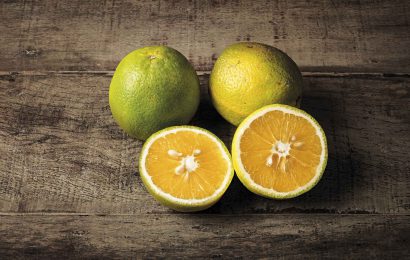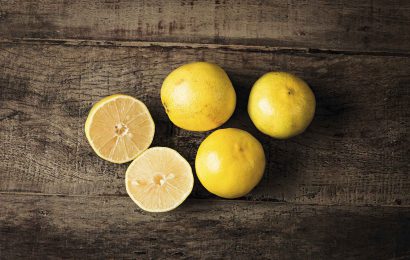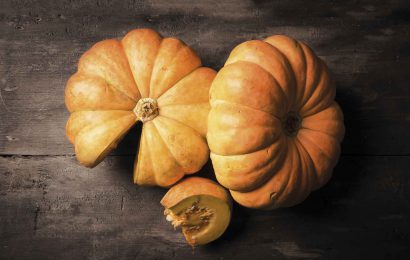Citrus sinensis L. Osbeck
Also known as Bahia orange, it is believed that this variety, with a distinctive “navel” – a protrusion in the lower end of the fruit – originated from a spontaneous genetic mutation, in early nineteenth century, on the outskirts of Salvador. Lange and firm, it has a very vivid orange-colored and thick peel. The juice is sweet, and the fruit is considered good for fresh consumption because it has no seeds. It can also be used in salads and to prepare marmalades and cakes. Thin strips of candied orange peel are a charming treat sometimes served with espresso coffee in Brazil.



